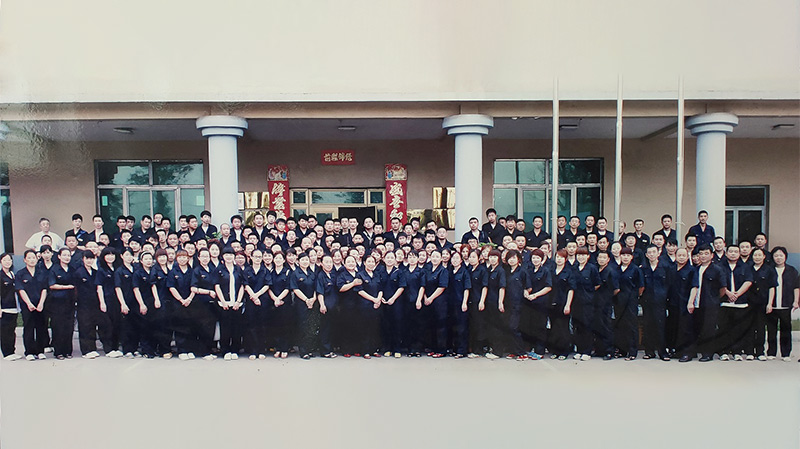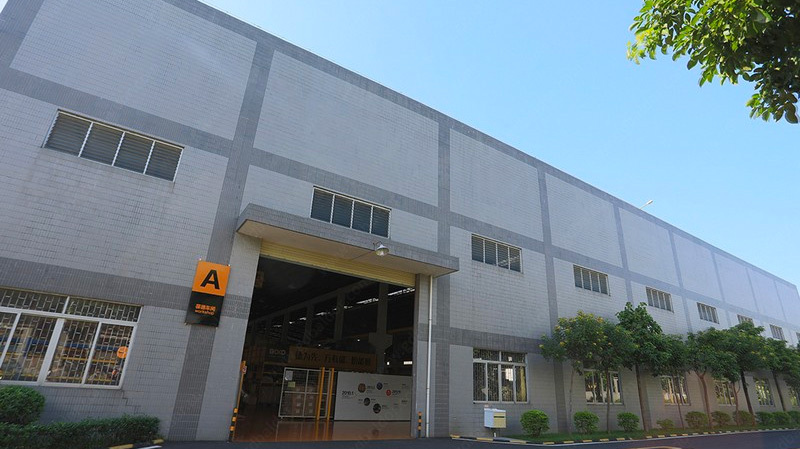Anubis is the son of Osiris and Nephthys. The development of the necropolis thus moved northeast, mirroring these new centers of power. The Valley of the Kings and Queens might seem to have been hidden away, but that is not the case because it has always had some tombs opened/found. City of the Dead, ancient burial site for the sons of Pharaohs, and resting place for the wealth of Egypt. Some areas of dense urban housing have developed at several sites within the boundaries of the historic necropolis, forming their own city neighborhoods. See here for more. There is also another smaller cemetery north of Bab al-Nasr. [7] It lies close to the Citadel walls, adjoining the district of al-Darb al-Ahmar, and is cut off from the rest of the cemeteries by the modern Salah Salem road. At its center, the area around the mosque of Qaitbay and north of it is an urbanized neighborhood with multistory apartment blocs. There is also no evidence that there were any ties to magical or mystical practices for the historical Medjay people. [1], In some areas of the Qarafa, particularly the Imam al-Shafi'i district, permanent habitation for the living was less frowned upon and even received some help from the government. [7] During this period, the name al-Qarafat al-Kubra ("Greater Qarafa") appears to have designated the vast cemeteries associated with Fustat, which may not have merged yet with the Abbasid-era cemeteries of al-'Askar and al-Qata'i. Shortly after, Imhotep attempts to bring Anck-su-namun back to life and brings her remains to Hamunaptra. Stephen Sommers directed the Mummy, he was also the director of the movie Catch me if you can with Leonardo DiCaprio, another good one. Modern Egyptians in the film do not often enjoy a positive light. Sincerely, The 1999 release of The Mummy directed by Stephen Sommers is yet another instalment in the mummy genre following Boris Karloffs famous 1932 version The Mummy. Thank you so much for your comment. [3][1] In fact, the majority of the residents live in regular urban housing and neighborhoods which, through various historical circumstances, developed inside the cemetery zones. In the 1920s, archaeologists began serious excavations. An Egyptological Review of 'The Mummy' (1999) - Nile Scribes The Mummy combines Egyptian historical details to create an epic fictional action-adventure. *by RichaRie*, You should check it out, it is good! Courtney is a feature writer for Screen Rant based Las Vegas. In the process, they rip open a stone panel on the base of a statue, callously yanking out whats inside. However, by the time of the New Kingdom, the Medjay are a sort of security group in charge of protecting the royal tombs on the Theban West Bank. [5] One hundred and ten pashas held the office during this period and many ended their terms in jail or under house arrest. While the priests then place the lid on top, the scarab beetles begin to ravage and consume Imhotep alive. In 1907, the neighbourhood of Imam al-Shafi'i was connected to the rest of Cairo by a streetcar line which stretched from here to the Pyramids in Giza (though it no longer exists today). [1][8] Along with their palaces, the Fatimids also built mosques, madrasas, and ribats for religious instruction and activities, all of which required the creation of infrastructure for water and other necessities. [1], Towards the end of the Fatimid period, the necropolis may have declined as the political situation worsened.
 what secret did landry's mother tell the pope
what secret did landry's mother tell the pope
 when do angela and hodgins get back together
when do angela and hodgins get back together
 kentucky bourbon festival tickets
kentucky bourbon festival tickets